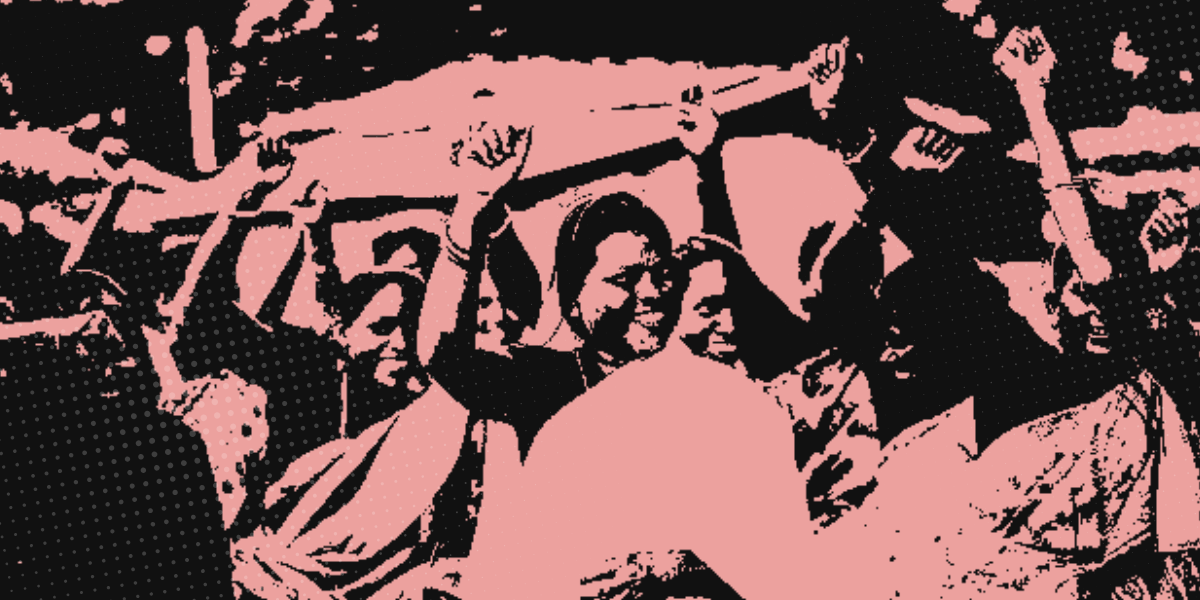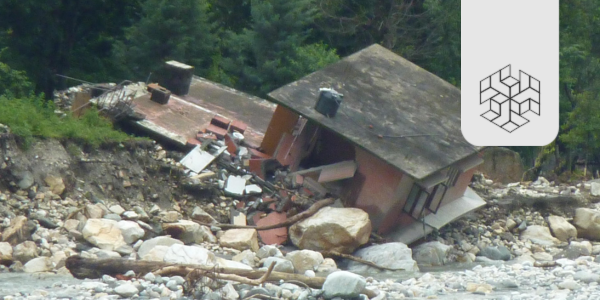ABSTRACT
In the North-Eastern states of India, where ethnic violence and separatist movements repeatedly disrupt the lives of civilians, gendered roles during and post-conflict become increasingly visible. With warfare creating new security challenges, women face the struggle to not only provide for themselves and their family but also their community at large. The general lack of a livelihood, socio-economic resources, and political power, combined with gender-specific patriarchal norms, further marginalise women in society. Women are not only the most affected group during war but also crucial players in peacebuilding. Despite this, governmental and patriarchal structures assign women a passive place in private and public spheres. The asymmetries in warfare, in terms of the methods and victims of violence, reveal the incongruencies of conflict and post-conflict negotiation.
This paper seeks to explore how women use their traditional roles as mother, housewives, sister and non-traditional ones as combatants, to negotiate private and public spaces. The research examines how women as victims or agents are not a homogenous entity, and merit an analysis that looks beyond a universal lens of gender mainstreaming. Women play multiple roles at multiple junctures of time and space, redefining their relationship with various societal groups. How women negotiate their everyday spaces forms a crucial aspect in understanding agency and empowerment.
INTRODUCTION
With the ever-changing nature of armed conflict, the politics of violence has taken a new form in recent years. Civilians are major targets in an armed conflict with women, in particular, being the most abused and affected in ways that traverse beyond the immediate combat casualties (Gill 2005). While physical abuse directly results from armed violence, women in conflict areas experience violence on various intersecting levels. Such experiences ultimately expose the power dynamics within which women have to recover and negotiate.
The North-Eastern states in India are rife with decades of ethnic violence and separatist movements. Starting from the 1970s, several insurgencies have ravaged the states in multiple ways while the post-conflict reconstruction is full of ambiguities. The ‘outsiders’ problem and the question of who is indigenous, and hence should have access to the land and its resources, is an issue central to the ethnic violence in Assam (Baruah 1999).
The armed violence in the region began before British colonisation, with the Ahom fighting back the Mughals between 1615 and 1682. However, the British brought in new forms of resistance, most notably in the hills of present-day Nagaland and Mizoram. As Assam fell under the British administration, the latter segregated the state by drawing internal boundaries and including Naga areas within Assam (Baruah 1999). The Naga and the Mizo insurgencies have their roots in a form of sub-nationalism that pans beyond Indian nationalism, with language and ethnic identity being at the centre of their ideas of nationhood. The fight for a separate nation remained unresolved, and what was negotiated further created ethnic fissures in these regions.
These fissures led to demand for political and cultural autonomy among other groups, such as the Bodos and the Karbis, creating a strand of sub-nationalism rooted in antagonism towards ‘Assamese hegemony’, followed by the anti-foreigner movement. As different NE languages became a crucial tool of identity formation, they also led to the othering of groups who didn’t speak it. The division between the ‘indigenous’ and the ‘outsider’ increased due to the large-scale immigration of ‘foreigners’ from neighbouring countries, especially the East. It led to continuous ethnic conflicts resulting in deaths and displacement (Baruah 1999).
This ethnic unrest and the ensuing negotiations between the political leaders and the communities poses significant conundrums. Restoring peace and resolving conflicts paves the way for the development and restoration of human rights. This functions in a space where the idea of hegemonic masculinity reigns in every sphere, thereby marginalising all other facets of participation in the movement.






